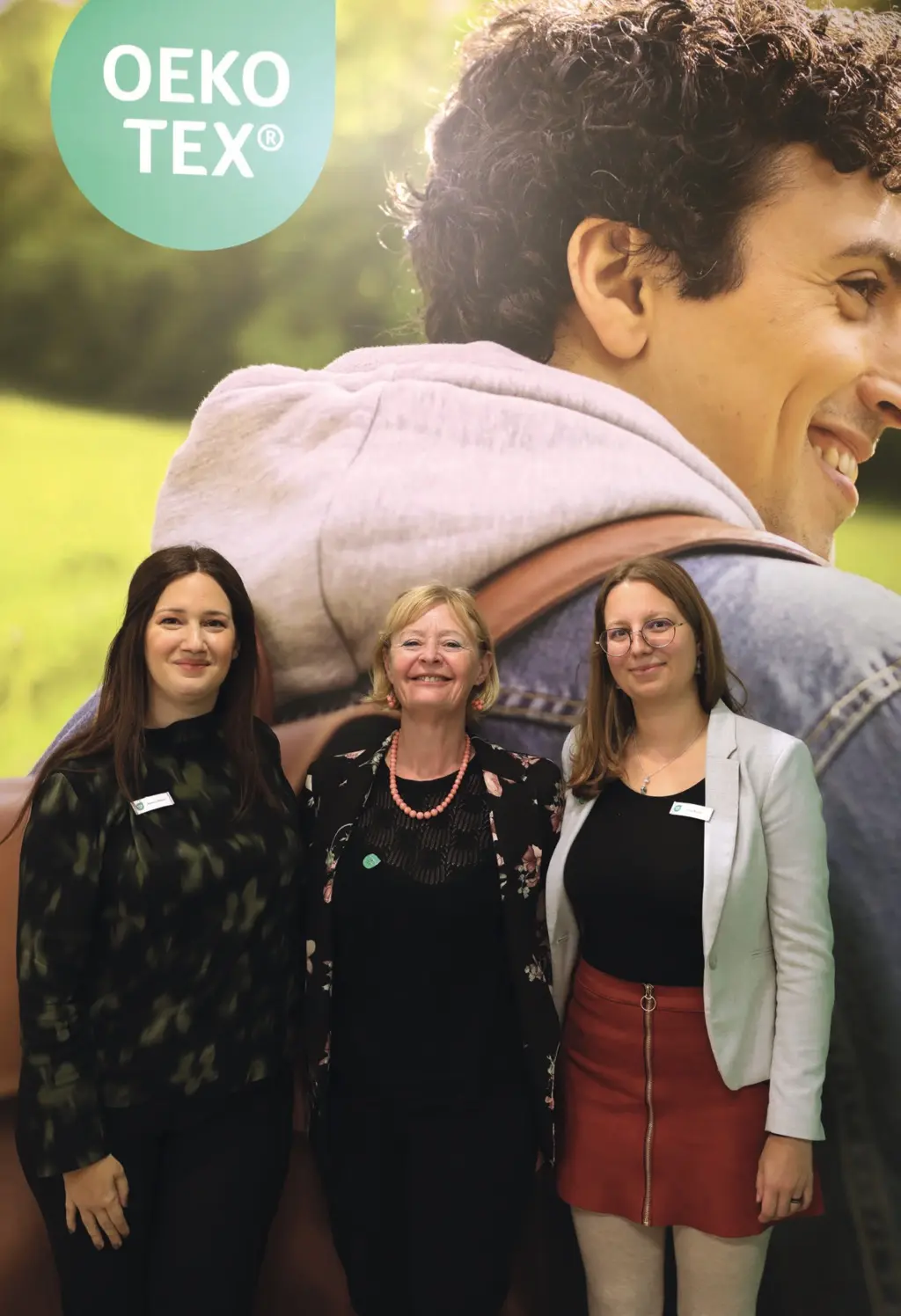A global passport for sustainable fashion since 1992: development of science-based verification criteria, limit values and testing practices.
In a world where we are increasingly aware of the environmental impact of our choices, the textile and leather industries have faced significant challenges. The production of textiles and clothing has long raised concerns about the use of hazardous chemicals and often poor working conditions. That’s how OEKO-TEX®, an international organization with the ambitious goal of revolutionizing the industry, was born.
“OEKO-TEX® was born out of the need to create a reliable point of reference for consumers and companies who want safe and sustainable textile products,” says Grazia Cerini, Director General of Centrocot, OEKO-TEX® Italian Reference Institute. “Our journey began with the understanding that fashion can be a powerful tool for positive change.”
OEKO-TEX®’s mission goes far beyond simply certifying products. It is an ongoing commitment to promote a responsible and clear corporate culture at every stage of production. “It’s not just about putting a label on a product,” Grazia explains, “but about building a system of shared values focused on people’s health and environmental protection.” OEKO-TEX® has developed rigorous standards that cover the entire life cycle of a textile product, from raw material to finished product. These standards are based on sound scientific evidence and are constantly updated to take into account the latest findings and regulatory changes.
”35,000 companies are certified, our commitment to sustainability is an ongoing and essential journey,” explains Ramona Maurer, OEKO- TEX® Project & Trade Marketing Specialist. “It is through rigorous standards and transparency that we ensure the quality of our products and consumer trust. The world of sustainability is complex and requires a clear and shared definition of terms.”
• OEKO-TEX®STANDARD 100: This is the most widely known and used standard worldwide. It ensures that all textile components in a product have been tested to more than 1,000 harmful substances and meet strict limits.
• OEKO-TEX®MADE IN GREEN: This label goes beyond product safety to include production conditions. MADE IN GREEN is a commitment to more ethical and responsible fashion.
• OEKO-TEX®LEATHER STANDARD: This standard is dedicated specifically to leather and ensures that leather products are safe for contact with human skin.
• OEKO-TEX®ECO PASSPORT: This standard targets chemical manufacturers and ensures that substances used in textile production are safe for humans and the environment.
OEKO-TEX® is well aware that the road to a sustainable future is still long. “Sustainability is a journey, not a destination,” Ramona Maurer concludes. “We must keep on innovating and improving our standards to meet the new challenges we face. We believe that only through collaboration can we achieve our goals. Together we can build a better future for people and the planet.”
CENTROCOT – www.centrocot.it – www.oeko-tex.com

From the left: Ramona Maurer, OEKO-TEX® Project & Trade Marketing Specialist; Grazia Cerini, Director General of Centrocot and Fanny Racine, Product Manager for OEKO- TEX® Standard 100 and OEKO-TEX® Leather Standard
